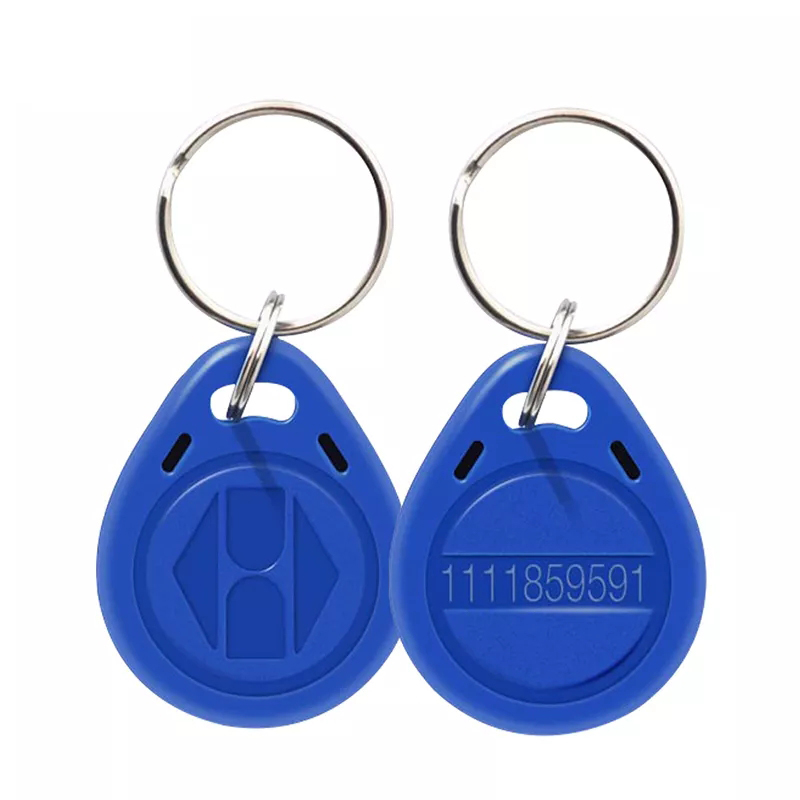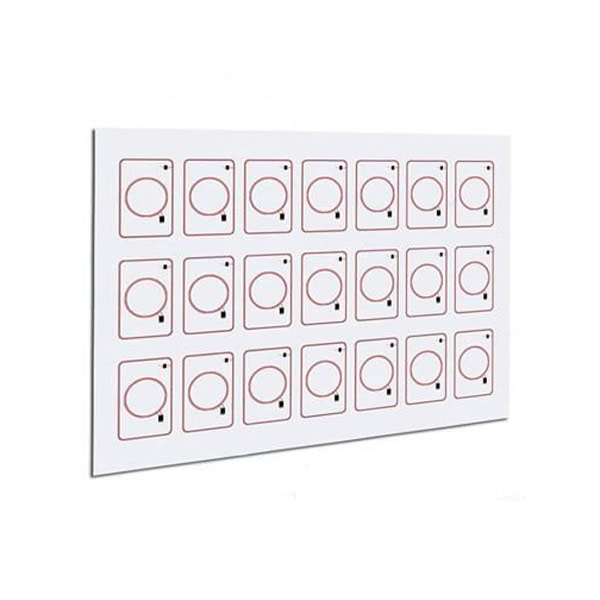
The Changing Role of Student Identification
In today’s technology-driven educational environment, student ID Cards are evolving beyond their original function as simple identifiers. Schools and universities now seek multifunctional tools that enhance security, simplify operations, and improve student experiences. This evolution brings a pivotal question to the forefront: Should educational institutions continue using traditional student ID Cards, or transition to advanced RFID (Radio Frequency Identification) systems?
This article dives deep into the technical distinctions, security benefits, and operational efficiencies offered by RFID student ID Cards versus traditional alternatives. Whether you're an IT specialist, school administrator, or campus security expert, this comprehensive guide offers the insights you need.
Traditional Student ID Cards: Categories and Constraints
Traditional student ID Cards usually fall into three primary categories:
Barcode Cards: Use printed barcodes or QR codes scanned by readers.
Magnetic Stripe Cards: Store data on a magnetic strip that must be swiped.
Photo ID Cards: Primarily for visual verification, with student details printed on the surface.
Common Challenges with Traditional ID Cards
While widely used, conventional ID Cards present several challenges:
Manual Processing: Most systems require human oversight, slowing entry and administrative tasks.
Physical Degradation: Magnetic stripes and printed codes are prone to wear and damage.
Limited Functionality: These cards have minimal storage capacity and integration capabilities.
Security Vulnerabilities: Cards can be lost, duplicated, or misused without proper safeguards.
Poor Scalability: They do not support large-scale data tracking or real-time operations.
RFID technology employs electromagnetic fields to wirelessly identify and track data on tags embedded in student ID Cards.
How RFID Technology Works
RFID student cards include two core components:
Microchip: Stores unique student data.
Antenna: Communicates with RFID readers using radio waves.
When a student passes near an RFID reader, the system verifies their identity automatically—without the need for physical contact or manual scanning.
Benefits of RFID ID Cards in Education
Contactless Access: Students can quickly enter buildings, board buses, or access services without delays.
Robust Security: Encrypted data and secure authentication protocols protect against unauthorized access and duplication.
Live Tracking: Institutions can monitor attendance and movement in real time.
Seamless Integration: RFID works with learning management systems, payment platforms, and library services.
Improved Longevity: No physical contact reduces wear and increases the card’s lifespan.
RFID vs. Traditional Student ID Cards: Side-by-Side Analysis
Feature | Traditional Cards | RFID Student Cards |
Authentication Method | Manual scan or swipe | Automatic, contactless interaction |
Processing Speed | Slower, requires manual input | Instantaneous access |
Security Level | Low, easily duplicated or lost | High, encrypted and trackable |
Data Storage Capacity | Minimal | Moderate to high |
Wear Resistance | Low, wears with use | High, non-contact = minimal damage |
Integration Potential | Limited to specific systems | Broad integration with campus tools |
Upfront Cost | Lower | Higher initial investment |
Long-Term Efficiency | High labor and admin cost | Lower cost due to automation |
Key Advantages of RFID in School Environments
1. Real-Time Attendance Automation
With RFID, students are automatically marked present when they pass through designated checkpoints. This removes the need for manual roll calls and generates instant reports, saving educators time while enhancing accuracy and compliance.
2. Improved Campus Security
Every RFID Card is uniquely encrypted, reducing the risk of counterfeiting. Schools can control access to buildings or restricted areas and receive alerts if someone tries to enter unauthorized zones, helping prevent potential intrusions.
3. Faster Cafeteria and Library Transactions
RFID Cards streamline checkouts and payments—students tap once to log their purchases or borrow materials. This shortens queues, prevents data errors, and integrates easily with financial or inventory systems.
4. Data-Driven Campus Management
RFID systems collect analytics on student behavior and movement. Administrators can use this data to improve resource allocation, detect crowding issues, and optimize classroom and facility usage for better operational planning.
5. Enhanced Parent-School Communication
Some RFID systems allow for parent notifications. For example, parents can be alerted when their child enters or leaves campus, increasing transparency and engagement. This builds trust and ensures accountability in student monitoring.
How to Deploy RFID ID Cards in Your School
Step 1: Define Goals and Assess Needs
Begin with a clear understanding of what problems you aim to solve. Are you trying to eliminate manual attendance, improve safety, or modernize your cafeteria system? Setting measurable objectives helps guide a successful implementation.
Step 2: Select RFID Type and Hardware
Choose between HF (High Frequency) for close-range secure access or UHF (Ultra High Frequency) for long-range tracking. Then, identify the necessary infrastructure—like readers, software, and cloud integration—compatible with your existing systems.
Step 3: Collaborate with a Qualified RFID Provider
Choose a provider offering secure, customizable RFID Cards and scalable platforms. Run a limited pilot to test system reliability and gather real-world feedback before committing to full deployment.
Step 4: Conduct Training and Community Education
Ensure that faculty and staff know how to operate the system and address issues. Educate students and parents on how RFID Cards function, how to report lost cards, and the overall safety and convenience the system provides.
Step 5: School-Wide Rollout and Continuous Monitoring
Distribute cards to all students and activate the RFID system across campus. Monitor usage patterns and system health, resolve issues quickly, and adjust policies based on data insights for continuous improvement.
Conclusion
The shift from traditional to RFID student ID Cards is more than just a tech upgrade—it’s a strategic move toward Smarter, safer, and more efficient campus operations. While the initial investment may be higher, the long-term benefits in security, automation, and scalability offer immense value for modern educational institutions.
FAQ
Q1: Are RFID Cards safe for daily use?
Absolutely. RFID Cards use low-power signals and pose no health risk. They are already standard in passports, public transport cards, and workplace security.
Q2: Can RFID be hacked or copied?
High-quality RFID Cards use advanced encryption and secure protocols, making unauthorized duplication extremely difficult when properly implemented.
Q3: What’s the typical read range?
HF (e.g., MIFARE): 1–10 cm
UHF: Up to several meters
Q4: What if a student loses their RFID Card?
Lost cards can be instantly deactivated through the system. A new card can be issued and activated with minimal disruption.
Q5: Is RFID practical for small schools?
Yes. RFID solutions can be scaled to suit smaller institutions. Even small schools benefit from improved security and streamlined operations.
Ready to Modernize Your Campus?
We offer:
Over 10 years of RFID expertise
Custom RFID Cards, key fobs, and wristbands
ISO-certified materials and secure technologies
Scalable systems for schools of all sizes
Contact us today to explore tailored RFID solutions for your institution.





